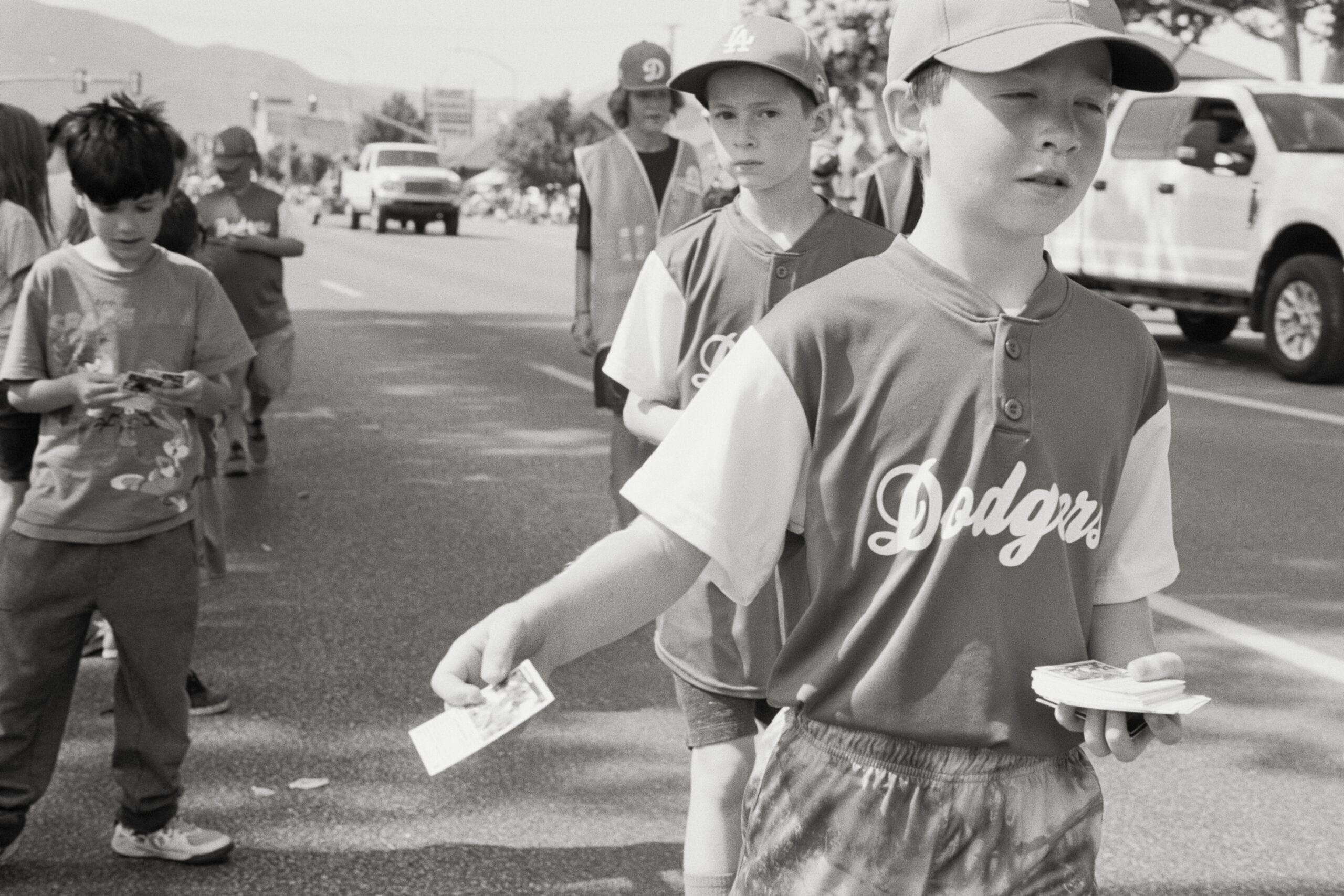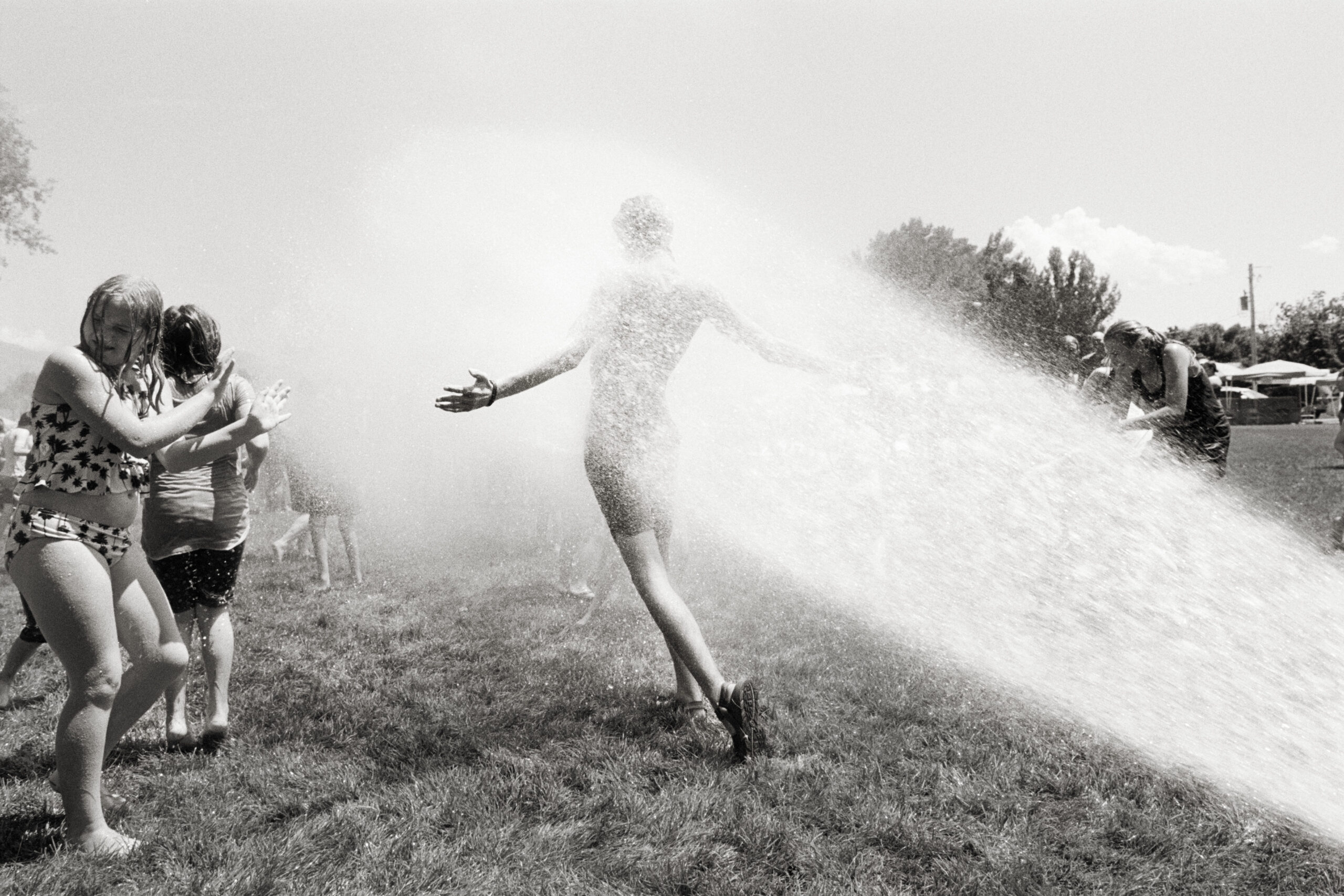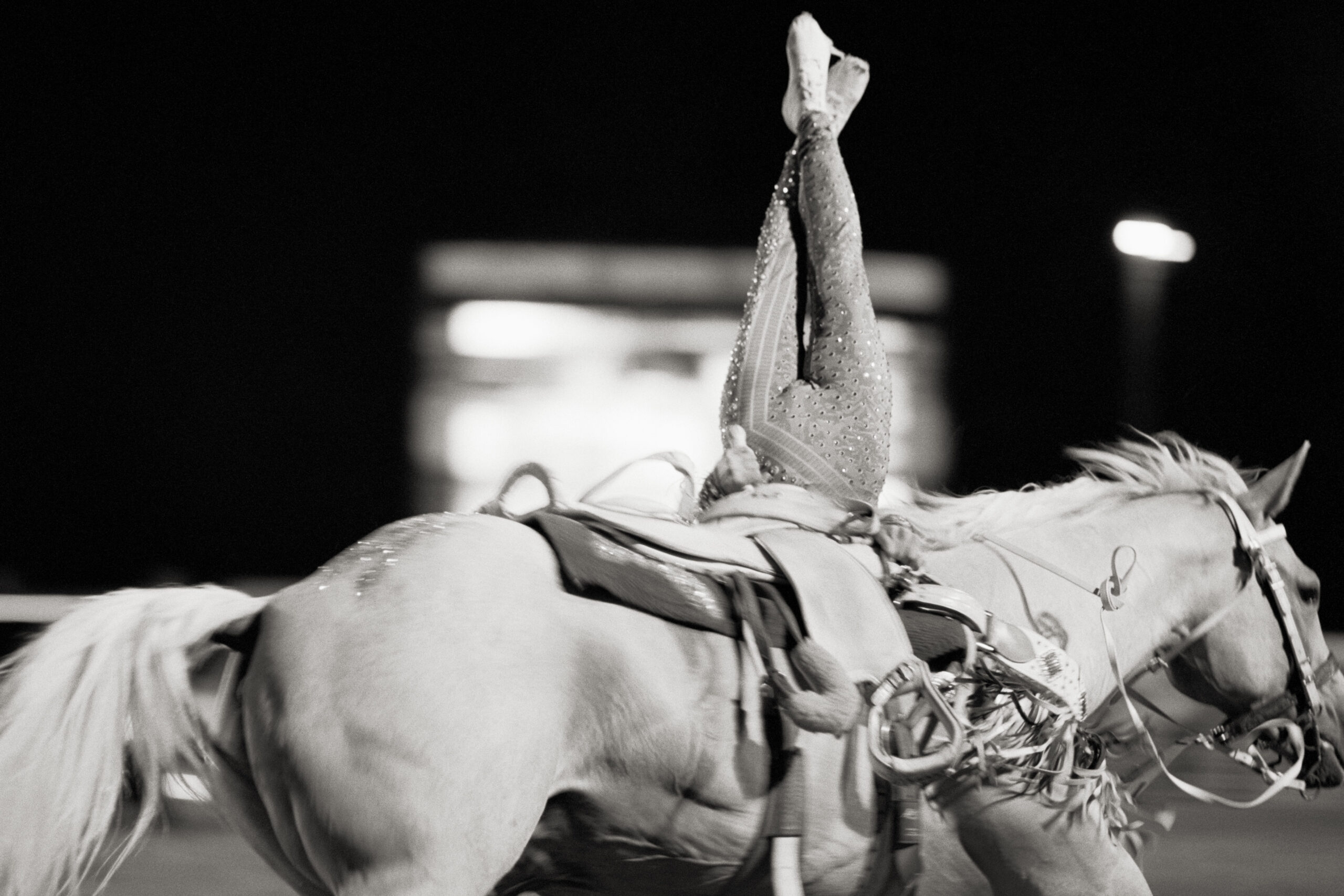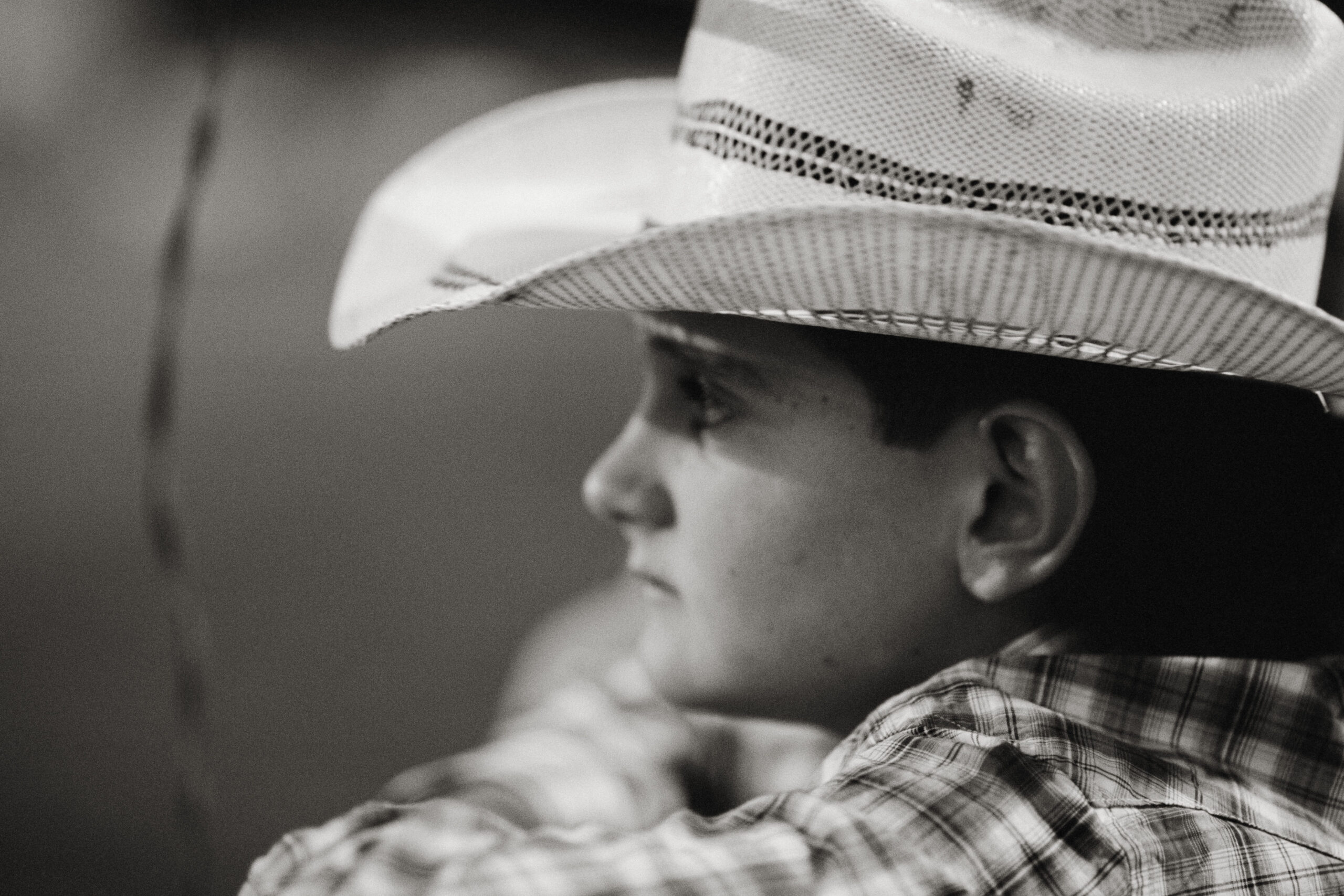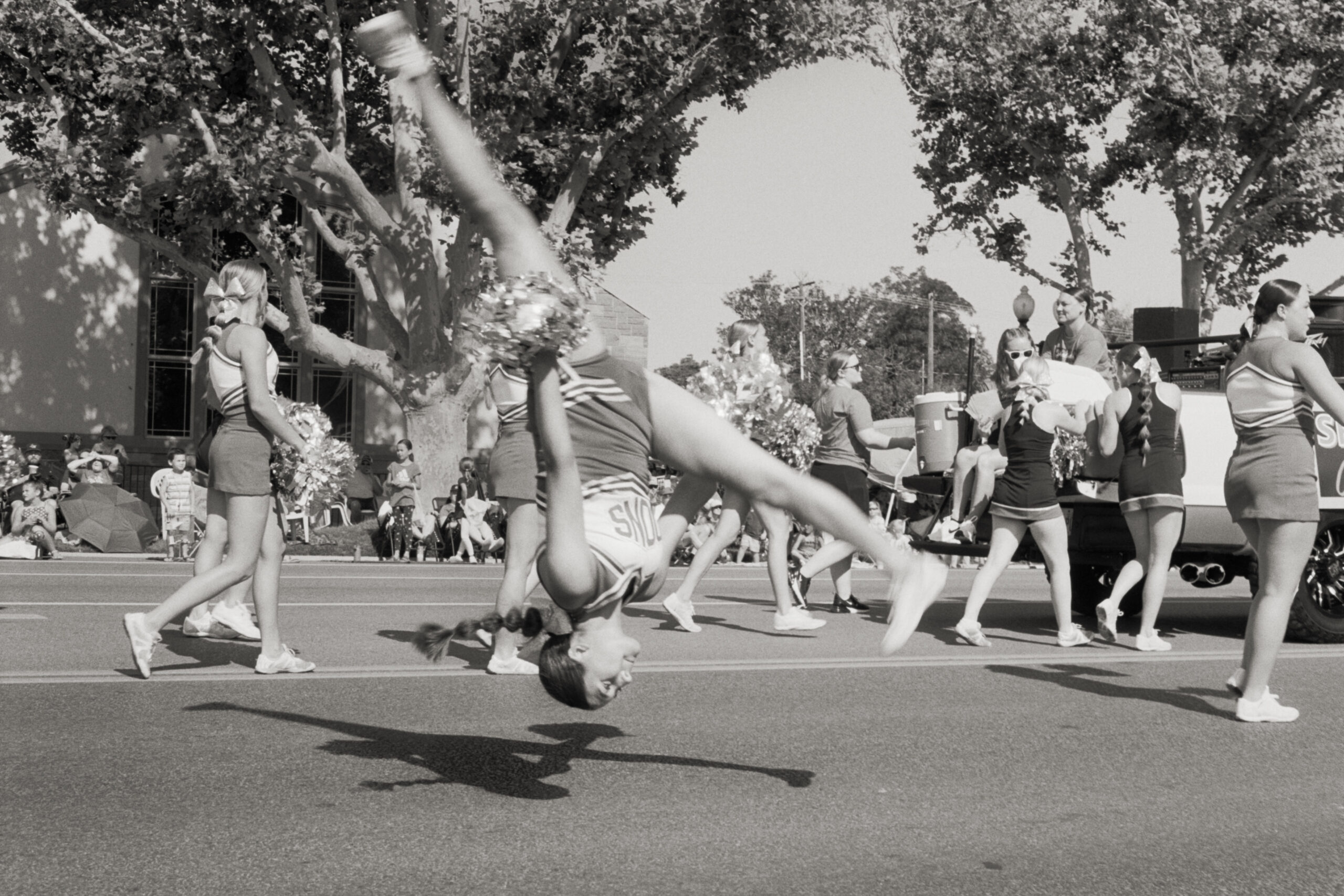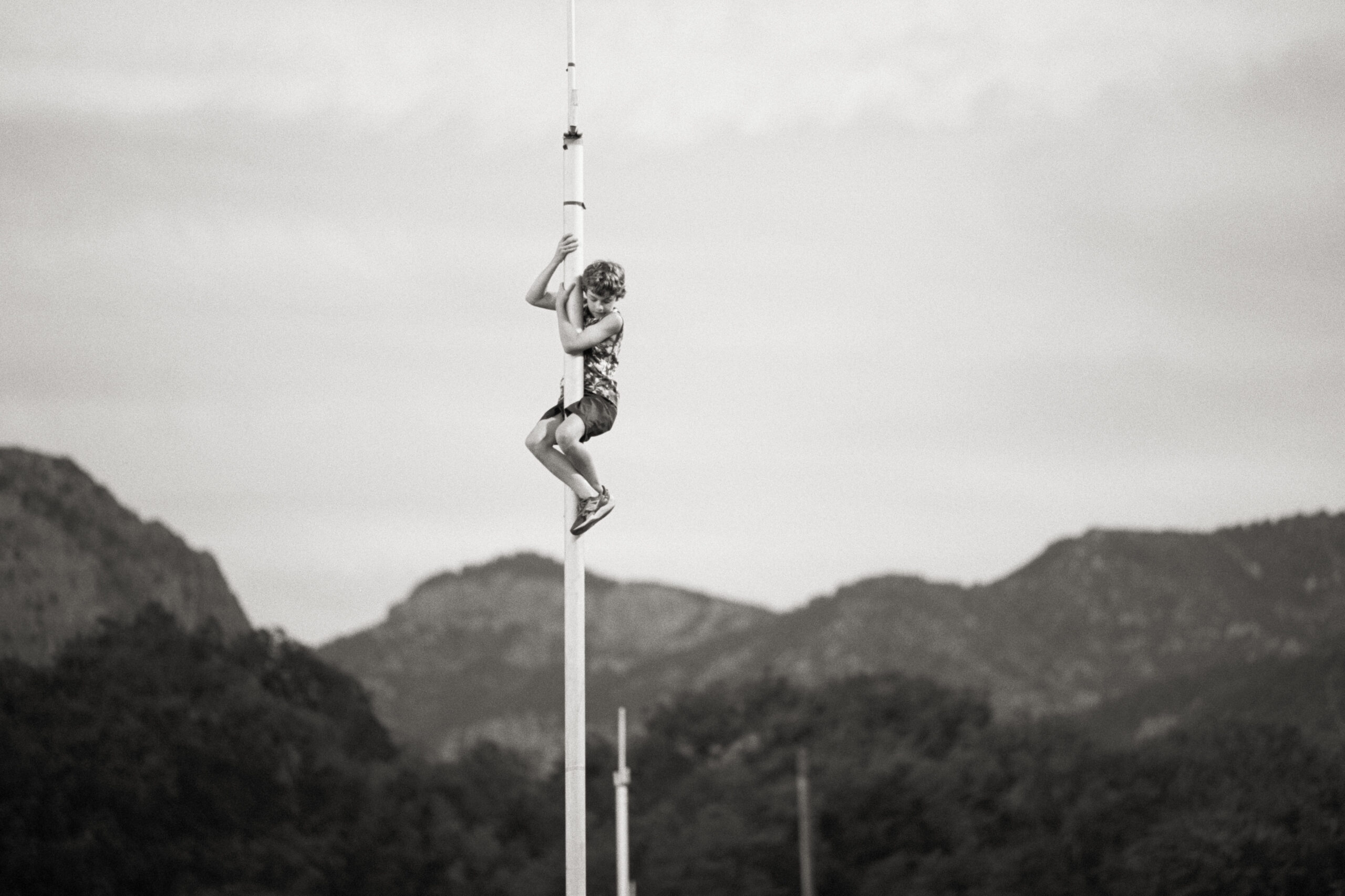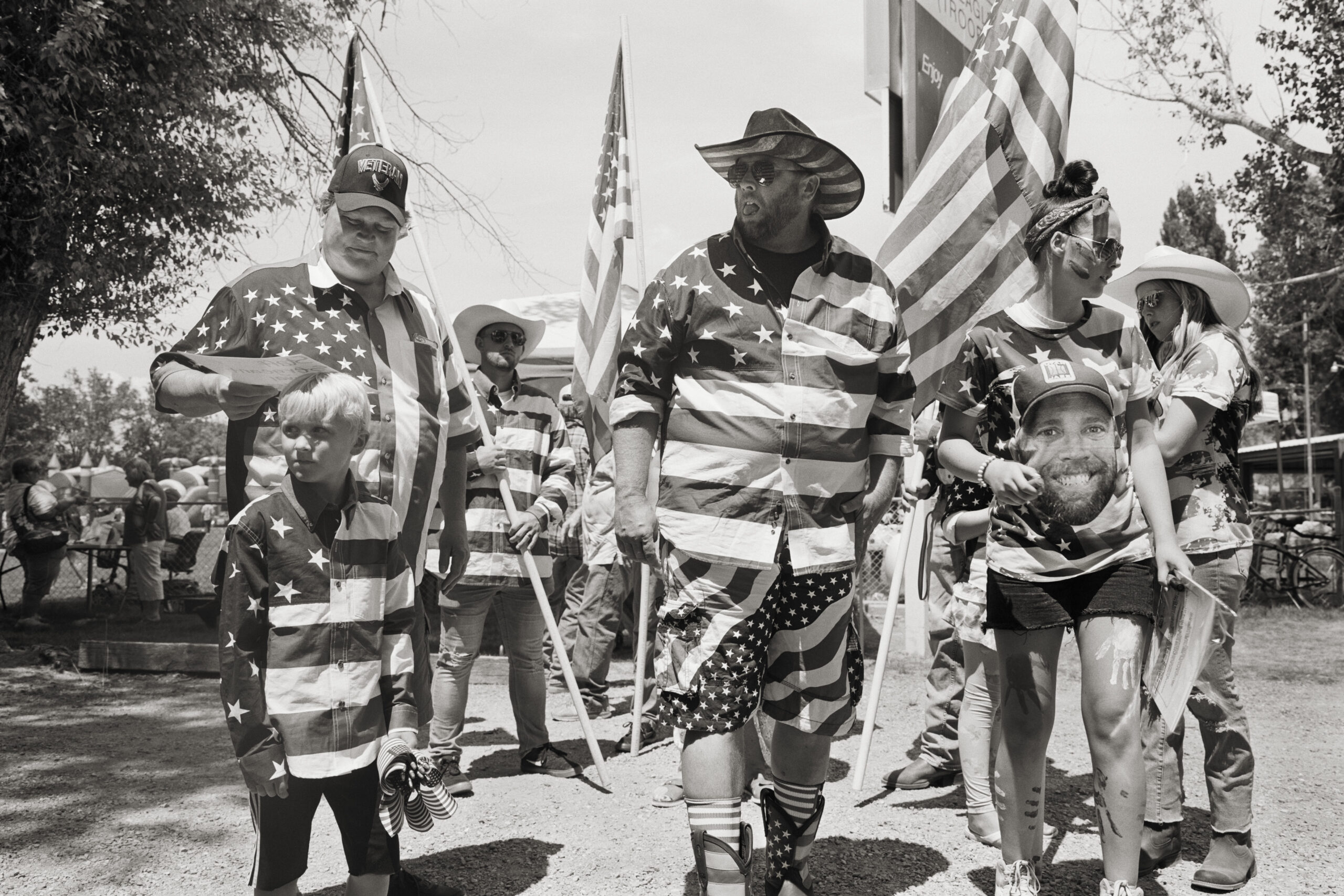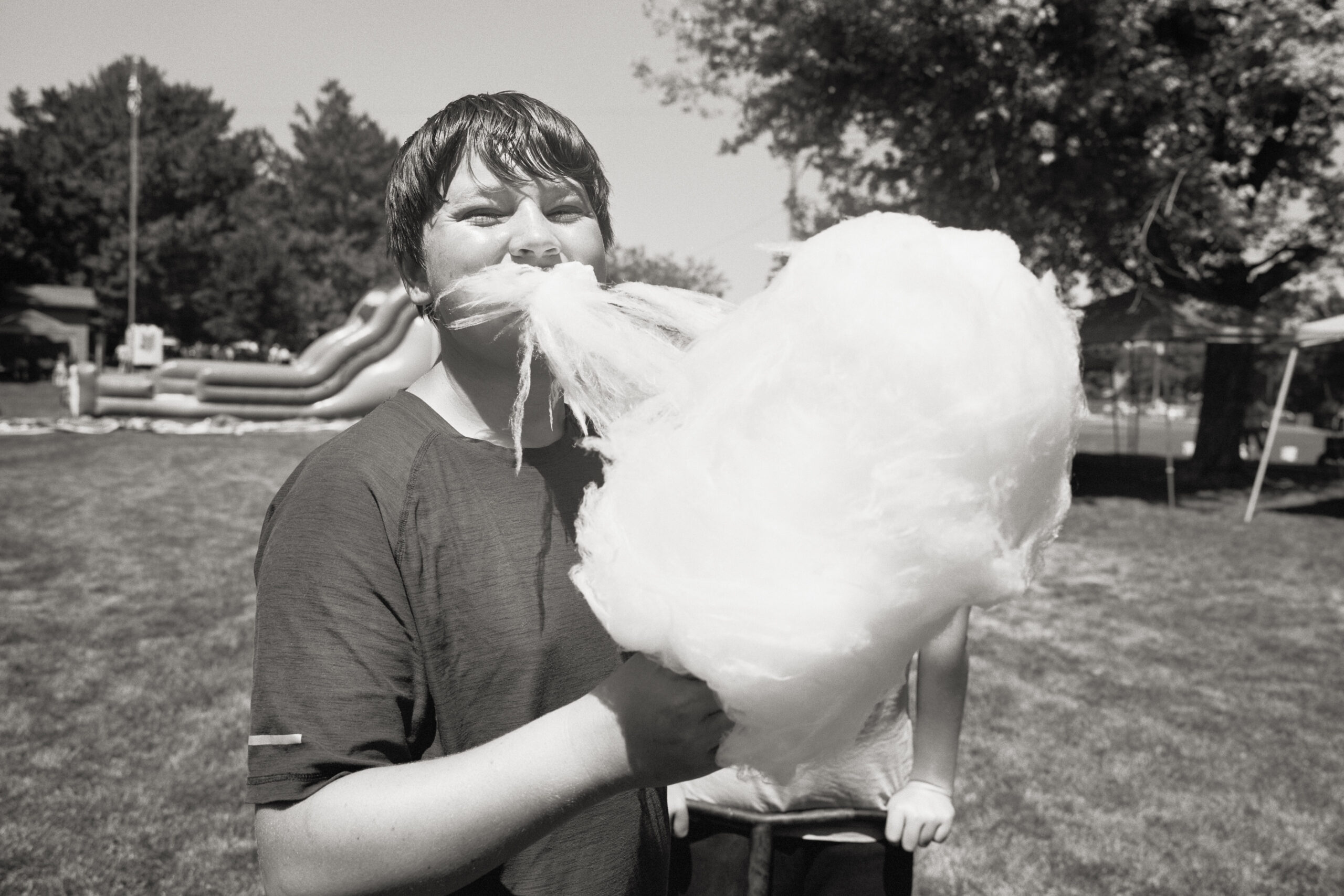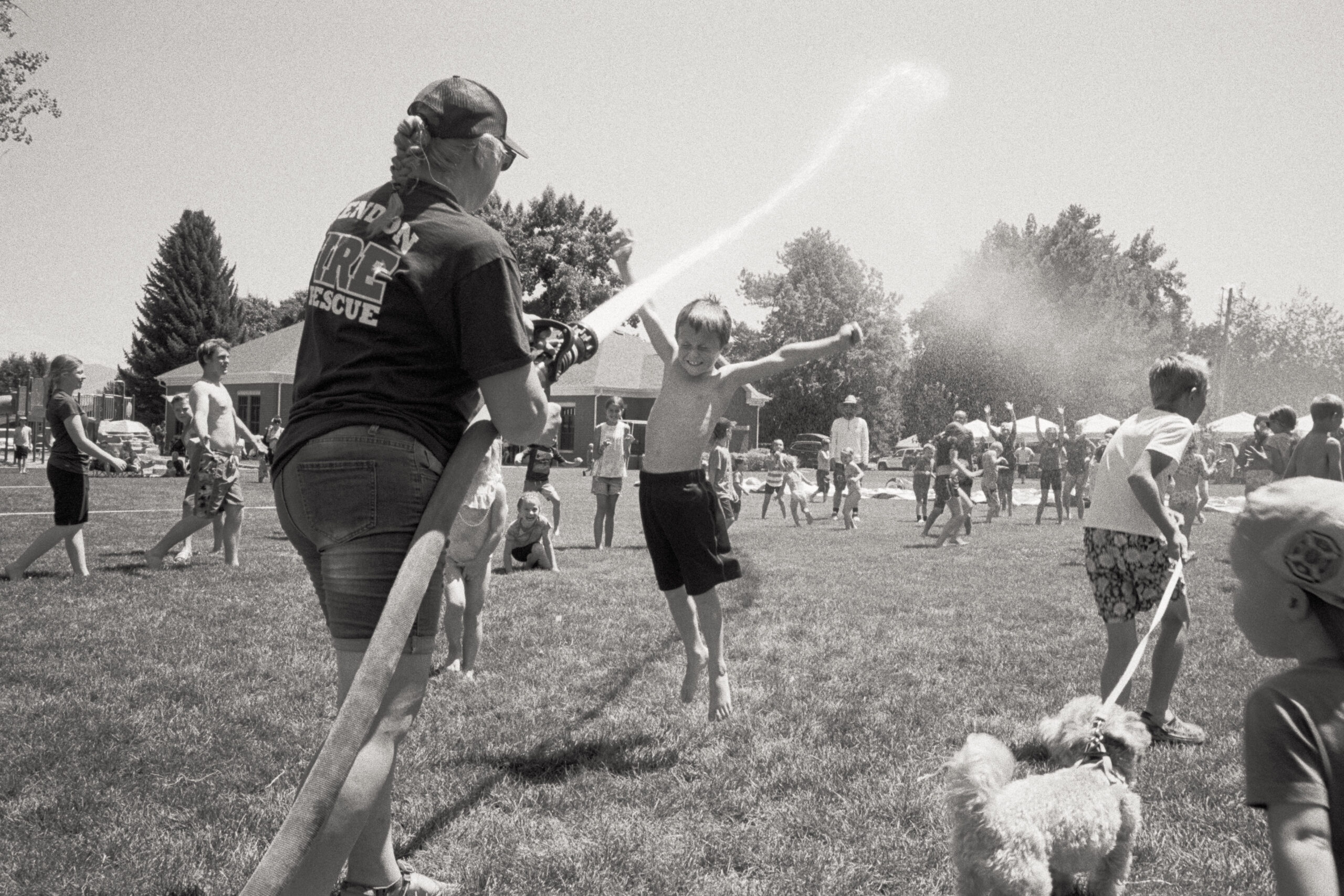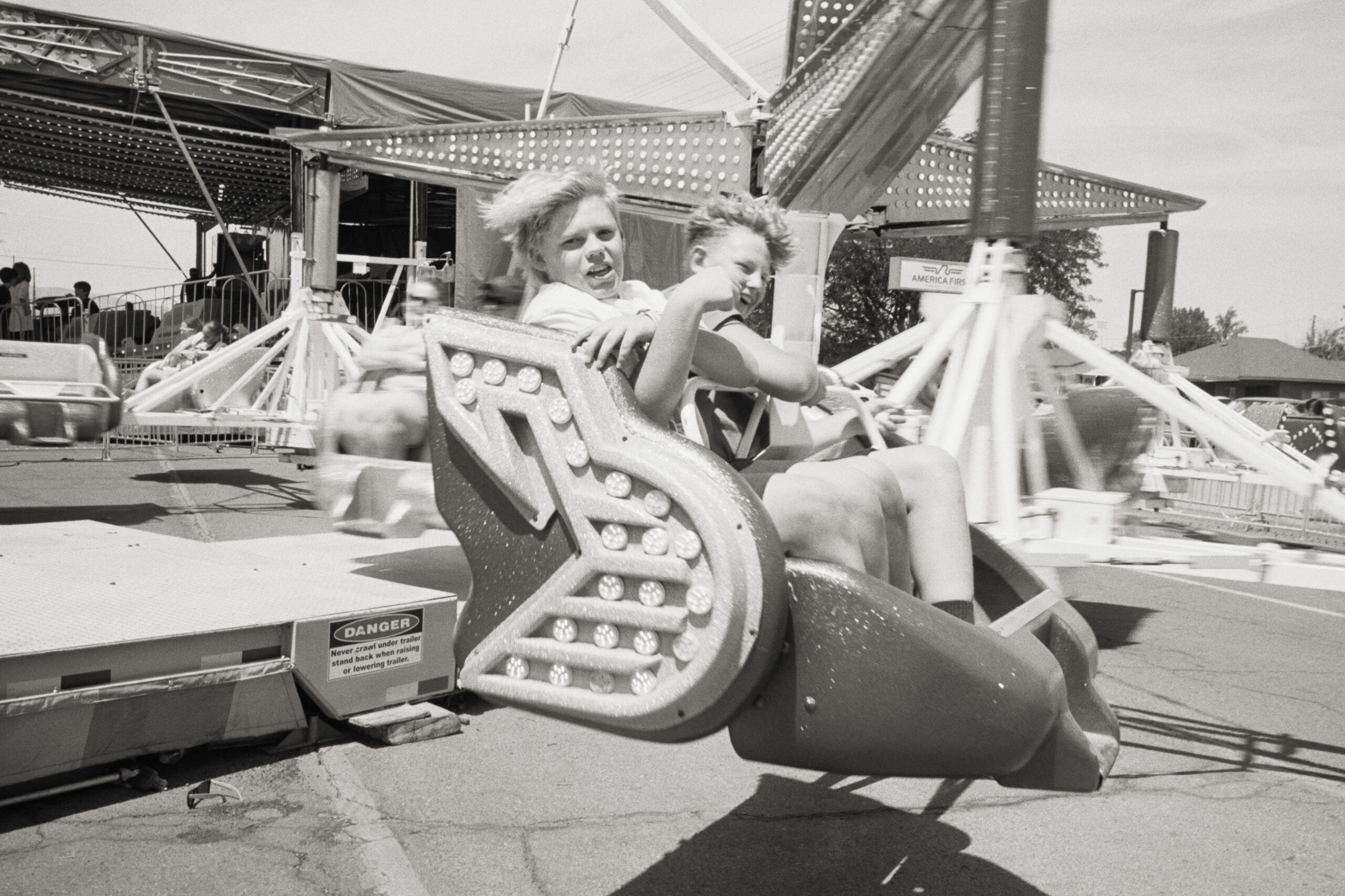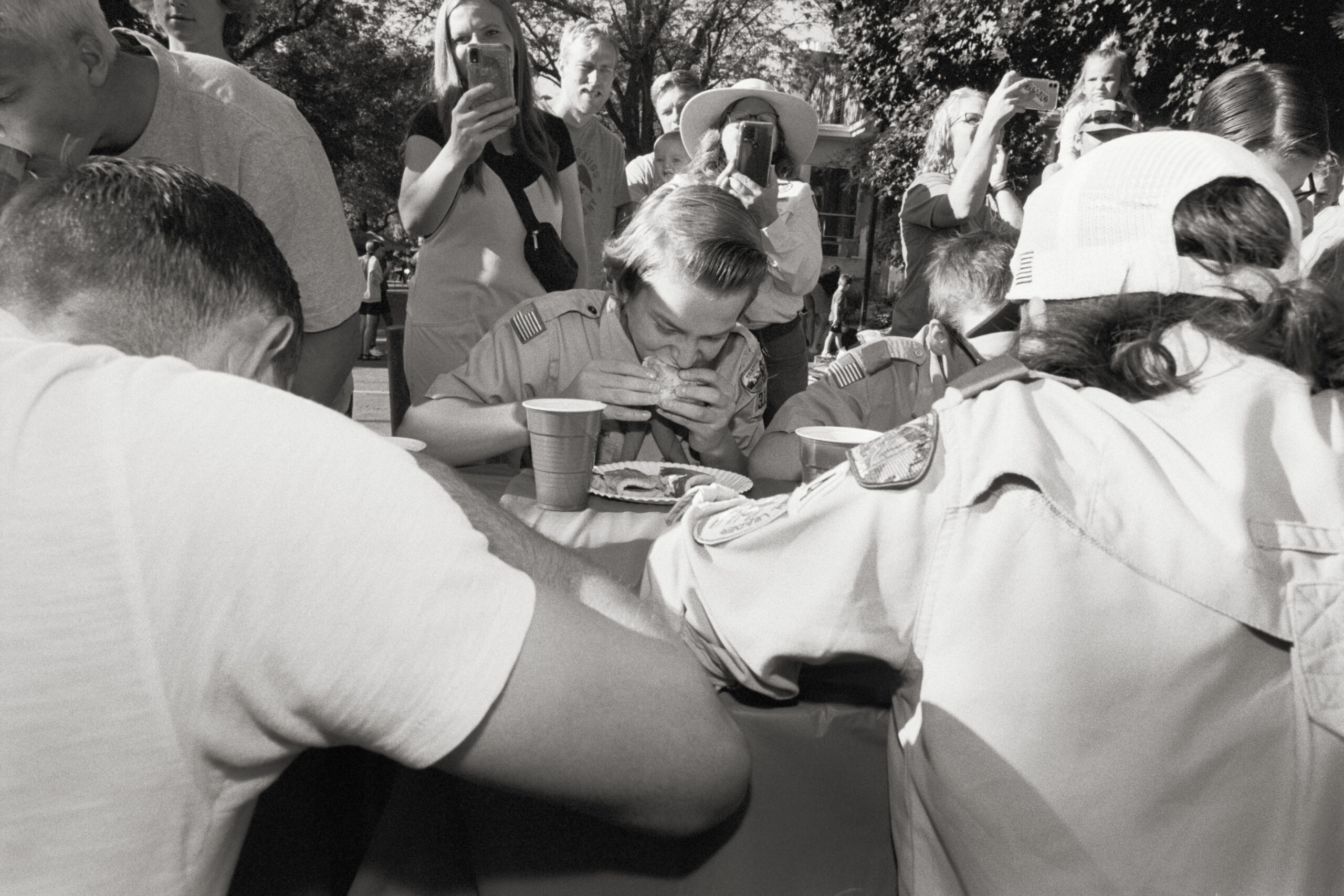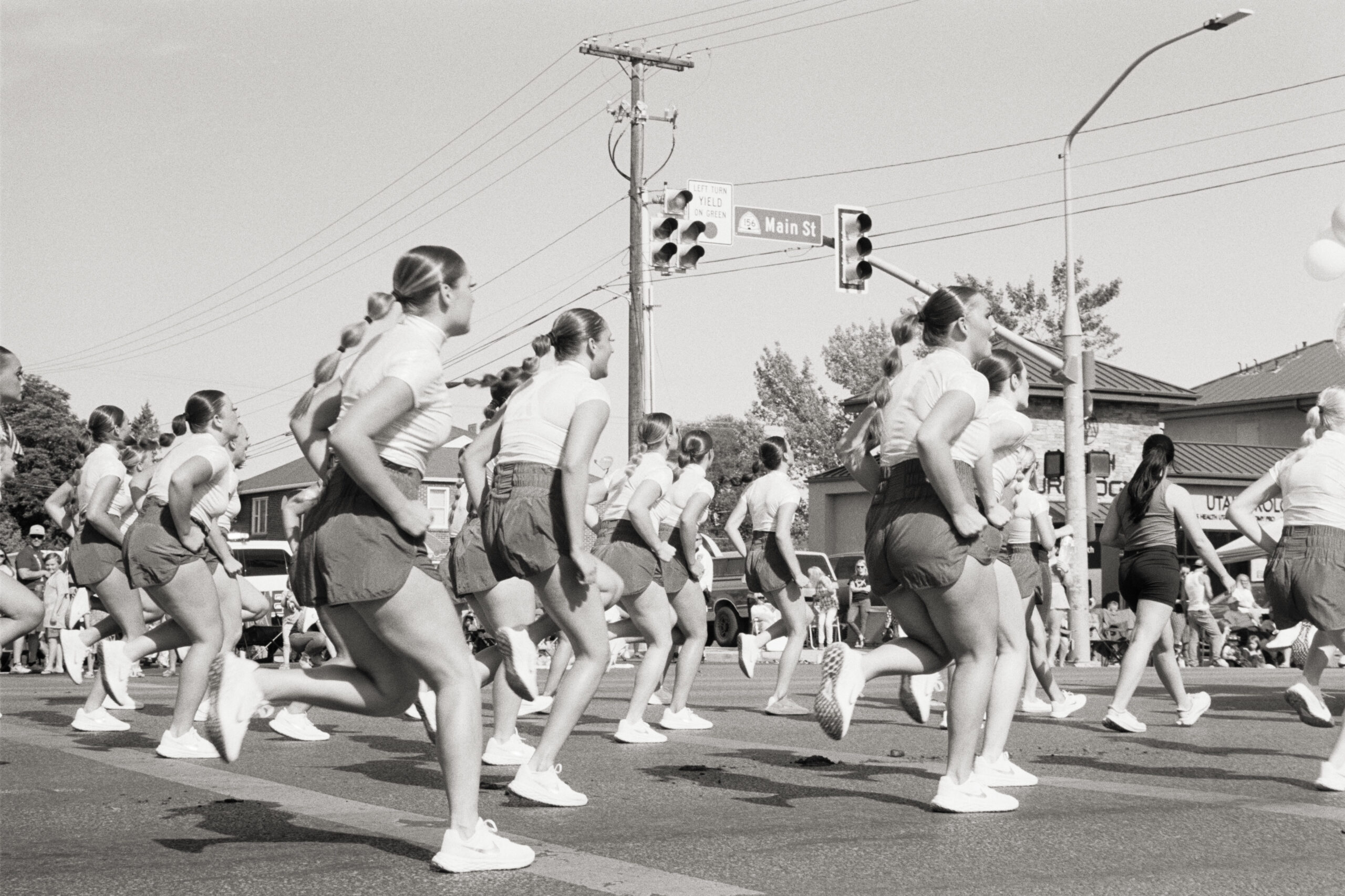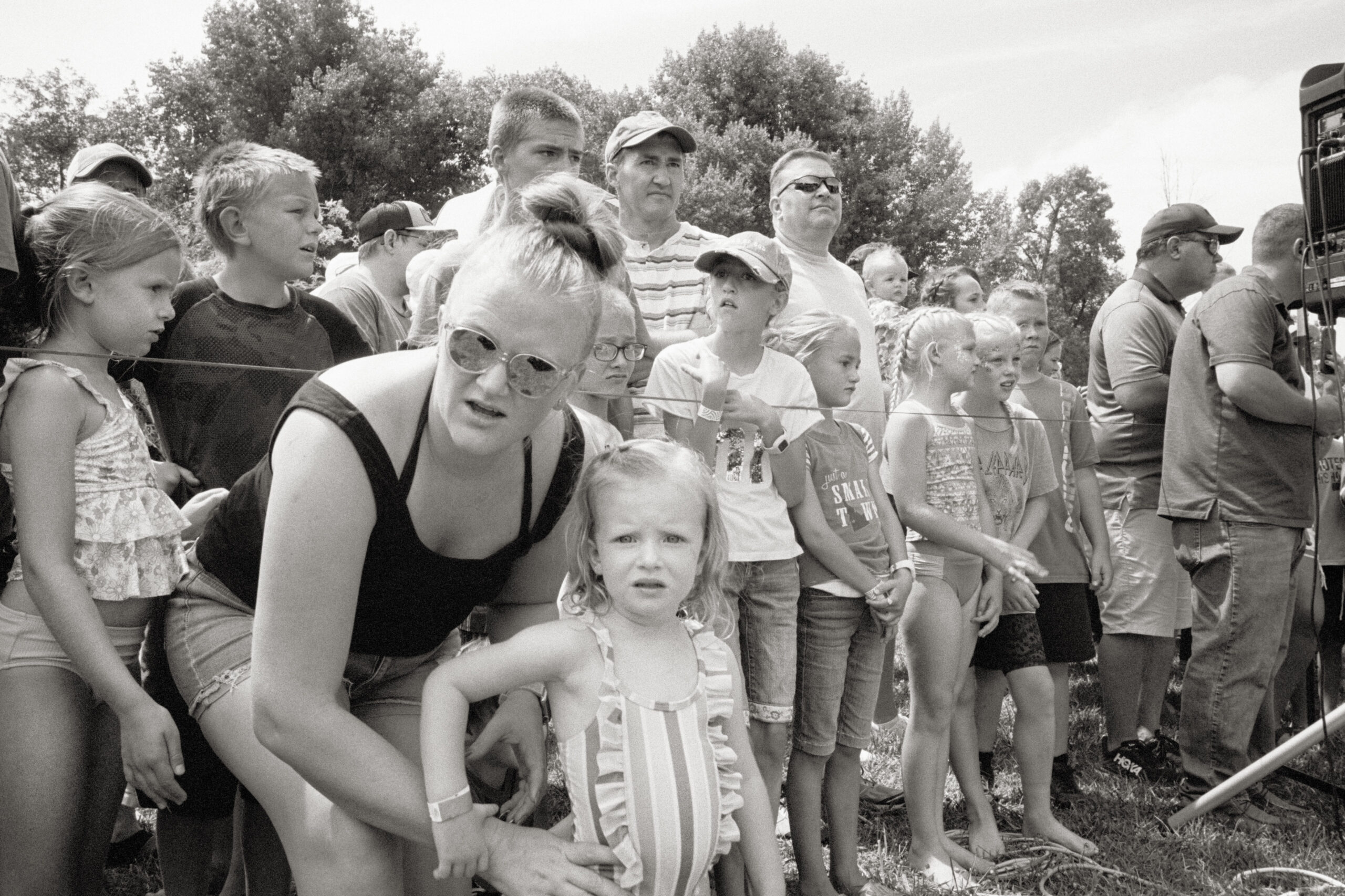pioneer day
Every 24th of July, Utah Mormons gather to celebrate Pioneer Day, a remembrance of the day in 1847 the early Latter-day Saints (also known as Mormons) arrived in the Salt Lake Valley, finally free from persecution at the hands of the United States government. A century and a half on, Utah is one of fifty states waving the American flag, and the Church has become something of America’s prodigal son awaiting its warm welcome home. Which begs the question—what is it to be an American? Somewhere in the tangled web of that identity lies an idea of what it is to be American, far more resilient than any specific factor like race, faith, or even country of birth. It is an idea which proposes that “American” is not solely something you are, it is something you can become. It is an acceptance of adoption not readily found in other cultures. The Church of Jesus Christ of Latter-day Saints was founded in the adolescence of the United States of America, and it seems fitting that its history should mirror that of its parent nation. It is uncanny that, when faced with a myth of their own making, Americans recoiled in disgust, and the “Mormons” would be forced to embark on their own American journey for religious freedom. The modern Latter-day Saint ethos reflects that of a model citizen, conscious of the past and ambitious for the future. Their day-to-day lives are a reflection of their ancestors. Pioneer Day is a celebration of that reflection. It is a celebration which, though its roots were formed in opposition of the United States, its branches spread far and blossom in the embodiment of the American ideal.
These photos are a document of the celebrations around the state each year. They are one part of an ongoing body of work documenting the social and familial culture of the Church of Jesus Christ of Latter-day Saints.


